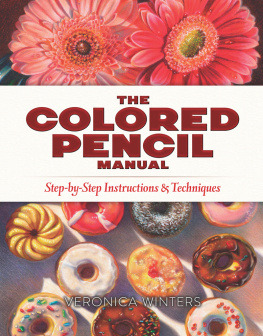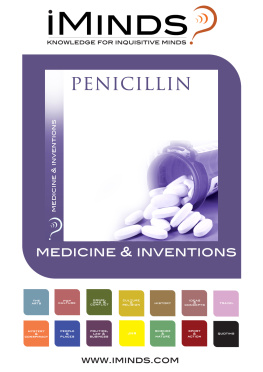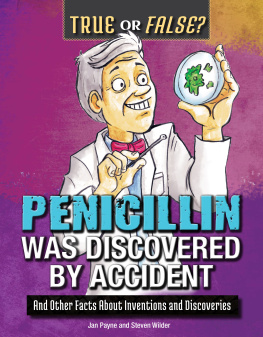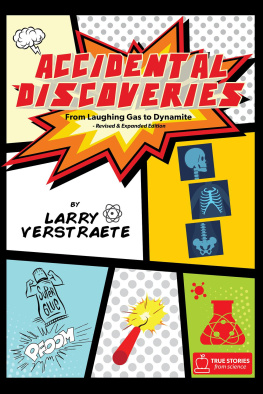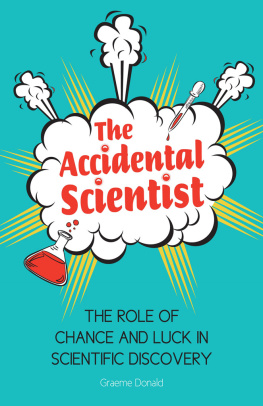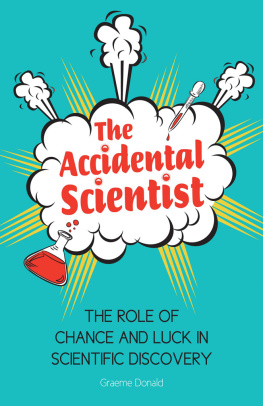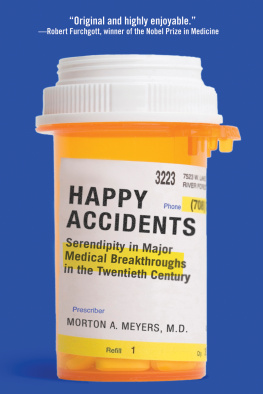Copyright 2016 by Robert W. Winters
All rights reserved. No part of this book may be reproduced in any manner without the express written consent of the publisher, except in the case of brief excerpts in critical reviews or articles. All inquiries should be addressed to Skyhorse Publishing, 307 West 36th Street, 11th Floor, New York, NY 10018.
Skyhorse Publishing books may be purchased in bulk at special discounts for sales promotion, corporate gifts, fund-raising, or educational purposes. Special editions can also be created to specifications. For details, contact the Special Sales Department, Skyhorse Publishing, 307 West 36th Street, 11th Floor, New York, NY 10018 or .
Skyhorse and Skyhorse Publishing are registered trademarks of Skyhorse Publishing, Inc., a Delaware corporation.
Visit our website at www.skyhorsepublishing.com.
10 9 8 7 6 5 4 3 2 1
Library of Congress Cataloging-in-Publication Data is available on file.
Cover design by Rain Saukas
Cover photo credit: iStock
Print ISBN: 978-1-5107-1246-1
Ebook ISBN: 978-1-5107-1247-8
Printed in the United States of America
To Agnete, Charlotte, and George
Disclaimer
Nothing in this book should be construed as medical advice for the treatment of any condition. In addition, nothing in this book should be taken to represent the proper use of the medications and techniques described herein.
CONTENTS
Acknowledgments
T his book has been nine years in the making. During that time, my wife, Agnete, my daughter, Charlotte, and my son, George, have been constant supporters of my work. Much of the writing was done in Denmark, my permanent home for the past eight years. The first and most deserving of thanks goes to my wife, Agnete, who read every word, and in doing so found errors in grammar and punctuation, and failure to be absolutely clear. George, my son, has from the very beginning provided me with ongoing critical support. I would have been hard-pressed to take on this project without his help.
I want to renew my thanks to Dr. Allan Pelch, my Danish doctor friend, who provided suggestions for the previous edition. Some months ago, I received a letter from a man named John Andersen, who is an attorney in Aalborg. His letter came as a complete surprise, since I had never met or spoken with the man. But I was happily stunned by his praise, which I ranked as a rave review of the self-published edition of the book. I responded with a letter of thanks, and through subsequent exchanges, Mr. Andersen has provided me with helpful answers to several problems with organization or language of the text. I feel fortunate in having John Andersen as an intelligent lay critic. I am also grateful in having a computer expert, Mr. Tonny Gumoes, who patiently and expertly tutored me in the mysteries of the computer.
The long distance between Denmark and an American medical library has proven to be much less formidable than it might seem, due to my long-standing relationship with the Shinn-Lathrope Health Sciences Library of the Morristown Memorial Hospital in Morristown, New Jersey. Ms. Janina Kaldan and her staff have been reliable and quick in their retrieval of journal articles that I have needed. In my opinion, this library ranks at the top of the list of the many medical libraries that I have worked with during my long career.
Preface
M y interest in the history of medicine was kindled many years ago when, as a first-year student at the Yale School of Medicine, I had the great good fortune to know and admire Professor John Fulton, a world leader in neurophysiology and a great scholar of medical history. I was especially stimulated by one of Dr. Fultons anecdotes about the first use of penicillin in the United States.
Professor Fulton had a long, close friendship with Howard Florey that began with their student days at Oxford. Following Alexander Flemings discovery, Florey led dedicated scientists at Oxford in the daunting task of isolating and purifying penicillin, while working under the immense handicaps imposed by early years of World War II.
In 1942, a Mrs. Ogden Ann Miller, the wife of the director of athletics at Yale, lay desperately ill with childbed fever in the New Haven Hospital. She was near death with a fever of 40 C. Her doctor, knowing of Fultons friendship with Howard Florey, leader of the Oxford group that brought penicillin to the marketplace, pleaded with Fulton to arrange to get some of the then extremely limited amount of penicillin that was in the United States for Mrs. Miller. After a flurry of telephone calls, Fulton was successful in arranging for a small amount to be swiftly brought to New Haven. The wonder drug worked its miracle, and Mrs. Miller recovered completely. Indeed, she lived to the age of ninety, and her obituary appeared in The New York Times .
I had to wait a long time before being able to develop my growing interest in the history of medicine that was inspired so long ago by Dr. Fulton. My professional life as a physician, extending over four decades, was fully occupied with the heavy demands of medical research and teaching, patient care, and the sometimes-onerous academic duties of a senior academic physician. Those years were followed by an additional ten-year stint as a busy entrepreneur in building a successful health-care company.
In retirement, I could at last devote long uninterrupted periods to the necessary research for writing this book. I first returned to the story of penicillin and to its chance discovery by Alexander Fleming in 1928. I soon learned that there was a great deal more to the simple, oft-repeated tale that Fleming obtained the mold from the bread of a sandwich. In fact, the role of the London weather was critical in creating the temperature conditions in the laboratory that were crucial for Fleming to make his discovery. Historically, Fleming is often singled out as the discoverer of penicillin, while Howard Florey and his colleagues are too often the unsung heroes of this tale.
Unraveling this tale has been a fascinating journey into the past, and it increased my appetite for other stories behind the discoveries of other drugs and devices. During the past eight years, I have researched the history of twenty-six medically important discoveries whose stories are presented in this volume. In telling these stories, I have limited my attention to the details and circumstances of the discoveries and have not attempted to deal with the present or future uses of the discoveries in modern medical practice.
The underlying theme of each of these tales is that the discovery was made by chance, often referred to as serendipity, which has played an important role in the discovery. Serendipity takes its name from Horace Walpoles description of a fairy tale entitled The Three Princes of Serendip . It seems that during the princes travels, Walpole relates, that the three highnesses were always making discoveries by accident and sagacity of things which they were not in quest of. He coined the word serendipity as meaning discoveries made by accident and sagacity.
Since Walpoles time, there have been many different attempts to clarify or to define the word serendipity ; nearly all emphasize accidental but many neglect sagacity, i.e., wisdom. The 1936 Oxford English Dictionary (OED) defined serendipity as the occurrence and development of events by chance in a happy or beneficial way. This is the way it is often used today. But the 1986 edition of the OED expanded the original definition of serendipity to include a fact or an instance, but also a faculty, ability, gift, habit, aptitude or talent.


